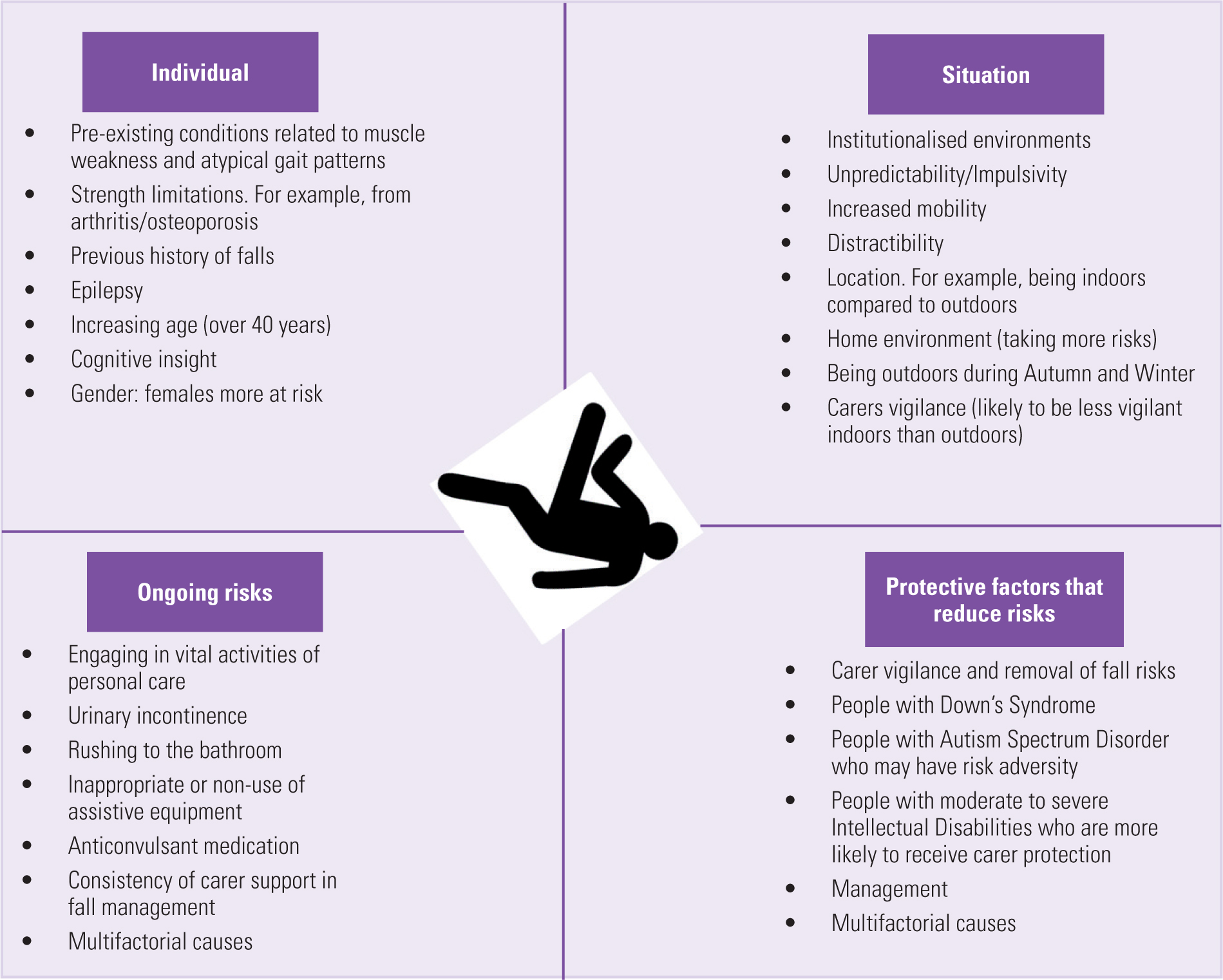Dementia Fall Risk Things To Know Before You Get This
Dementia Fall Risk Things To Know Before You Get This
Blog Article
The Buzz on Dementia Fall Risk
Table of ContentsSome Ideas on Dementia Fall Risk You Need To KnowExamine This Report on Dementia Fall RiskWhat Does Dementia Fall Risk Do?How Dementia Fall Risk can Save You Time, Stress, and Money.
A loss threat evaluation checks to see exactly how likely it is that you will drop. It is mostly provided for older adults. The evaluation usually includes: This includes a series of concerns concerning your general health and wellness and if you have actually had previous falls or problems with equilibrium, standing, and/or strolling. These devices evaluate your toughness, equilibrium, and gait (the means you walk).Treatments are suggestions that may reduce your threat of dropping. STEADI includes three actions: you for your threat of dropping for your danger aspects that can be improved to attempt to stop falls (for instance, equilibrium issues, impaired vision) to reduce your risk of dropping by making use of efficient approaches (for example, providing education and resources), you may be asked numerous inquiries including: Have you fallen in the past year? Are you stressed regarding dropping?
You'll rest down once again. Your supplier will examine for how long it takes you to do this. If it takes you 12 seconds or even more, it may suggest you are at greater threat for an autumn. This examination checks stamina and equilibrium. You'll sit in a chair with your arms went across over your chest.
The positions will obtain more challenging as you go. Stand with your feet side-by-side. Relocate one foot halfway ahead, so the instep is touching the large toe of your other foot. Relocate one foot completely before the other, so the toes are touching the heel of your various other foot.
Some Known Incorrect Statements About Dementia Fall Risk
The majority of falls take place as an outcome of numerous contributing variables; for that reason, managing the risk of falling starts with determining the aspects that contribute to drop threat - Dementia Fall Risk. Some of the most relevant risk elements include: History of previous fallsChronic clinical conditionsAcute illnessImpaired stride and equilibrium, lower extremity weaknessCognitive impairmentChanges in visionCertain risky drugs and polypharmacyEnvironmental variables can likewise enhance the threat for falls, including: Insufficient lightingUneven or damaged flooringWet or slippery floorsMissing or harmed hand rails and get hold of barsDamaged or poorly equipped devices, such as beds, mobility devices, or walkersImproper usage of assistive devicesInadequate supervision of individuals staying in the NF, consisting of those who display hostile behaviorsA effective autumn danger monitoring program calls for a thorough clinical evaluation, with input from all participants of the interdisciplinary team

The care strategy should also consist of treatments that are system-based, such as those that advertise a Source risk-free setting (suitable illumination, hand rails, get bars, and so on). The efficiency of the interventions should be examined occasionally, and the care strategy revised as needed to reflect modifications in the loss danger assessment. Carrying out a fall threat administration system utilizing evidence-based best practice can lower the frequency of drops in the NF, while restricting the potential for fall-related injuries.
Some Of Dementia Fall Risk
The AGS/BGS standard recommends evaluating all adults matured 65 years and older for loss risk annually. This screening consists of asking people whether they have actually dropped 2 or even more times in the previous year or sought medical interest for a loss, or, if they have actually not fallen, whether they really feel unsteady when walking.
People who have actually fallen when without injury needs to have their balance and gait assessed; those with stride or balance irregularities must obtain added assessment. A background of 1 autumn without injury and without gait or balance problems does not require further assessment beyond ongoing yearly loss risk screening. Dementia Fall Risk. A loss danger assessment is required as component of the Welcome to Medicare assessment

The Dementia Fall Risk Statements
Documenting a falls history is one of the top quality signs for autumn avoidance and management. copyright medications in particular are independent forecasters of drops.
Postural hypotension can often be reduced by reducing the dose of blood pressurelowering medications and/or quiting medicines that have orthostatic hypotension as an adverse effects. Use above-the-knee support hose and copulating the head of the bed boosted might likewise reduce postural reductions in blood stress. The advisable elements of a fall-focused health examination are received Box 1.

A pull time more than or equal to you can try this out 12 seconds recommends high loss risk. The 30-Second Chair Stand test evaluates reduced extremity stamina and equilibrium. Being incapable to stand up from a chair of knee height without utilizing one's arms suggests enhanced autumn threat. The 4-Stage Equilibrium examination analyzes fixed balance by having the patient stand in 4 settings, each considerably a lot more tough.
Report this page